Regardless of the time of day, weather, or occasion, it always feels like a good idea to get bubble tea. Yet even after having it so many times, we still don’t know much about the drink. Like seriously, what are we actually drinking?
Here are some facts that every bubble tea drinker should know.
1. It has a bazillion names.
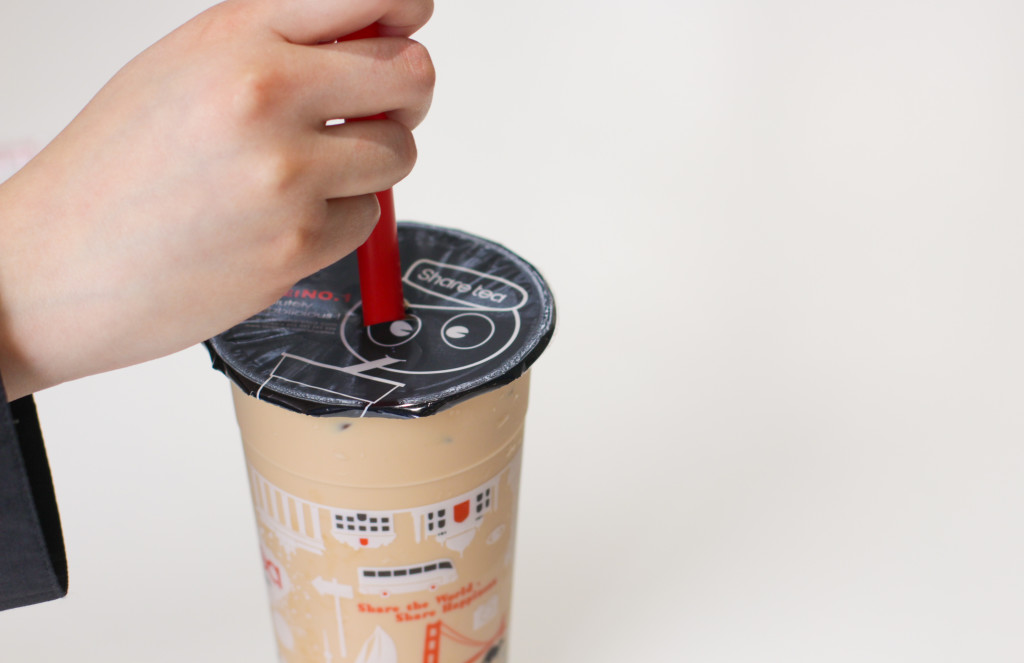
Photo by Irene Kim
This drink is most commonly known as bubble tea, but it can also be called boba, pearl tea, tapioca tea, boba nai cha, zhen zhou nai cha, black pearl tea, pearl shake, momi milk tea, and more. (The list literally goes on forever.)
2. “Bubble” refers to the bubble foam.
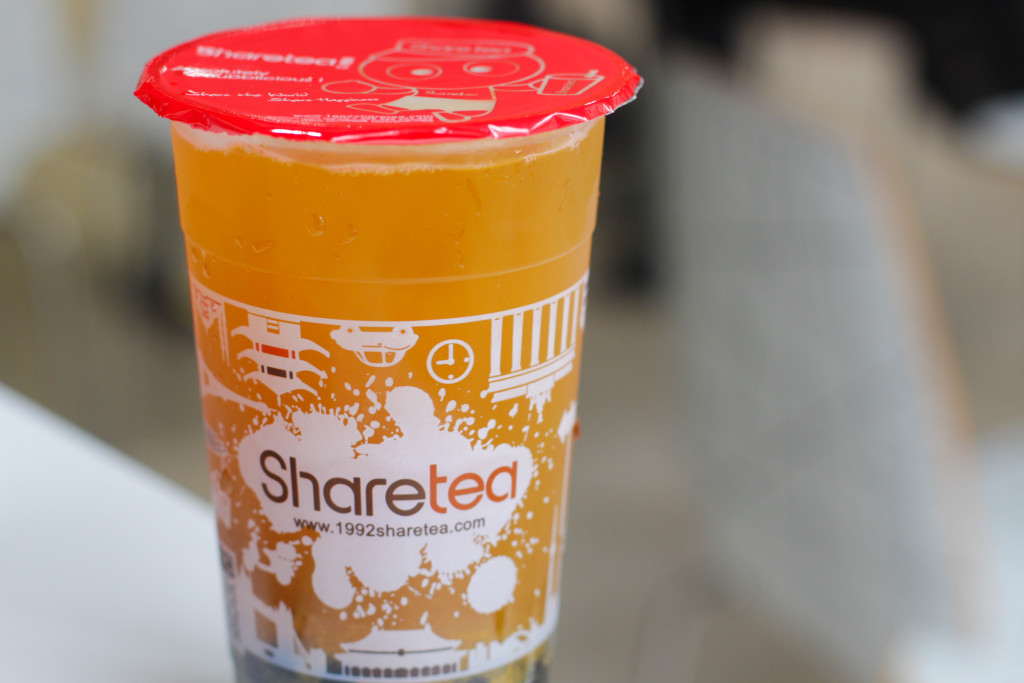
Photo by Irene Kim
Contrary to popular belief, the “bubble” in bubble tea does not refer to the tapioca balls (AKA boba). Instead, it refers to the foamy bubbles that form at the top of the drink when shaken.
3. It was first created in Taiwan in the 1980s.
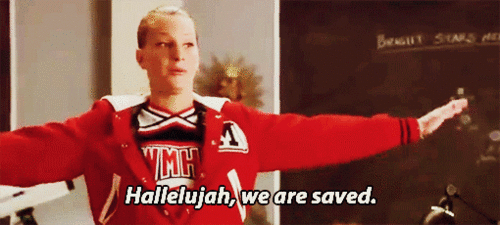
GIF courtesy of glee.wikia.com
Legend has it that Chun Shui Tang teahouse employee Lin Hsui Hui in Taiwan whimsically decided to pour fen yuan, a sweetened tapioca dessert, into her Assam iced tea. And it was at that moment that the drink we have all come to love was invented.
4. It has become sooo popular.
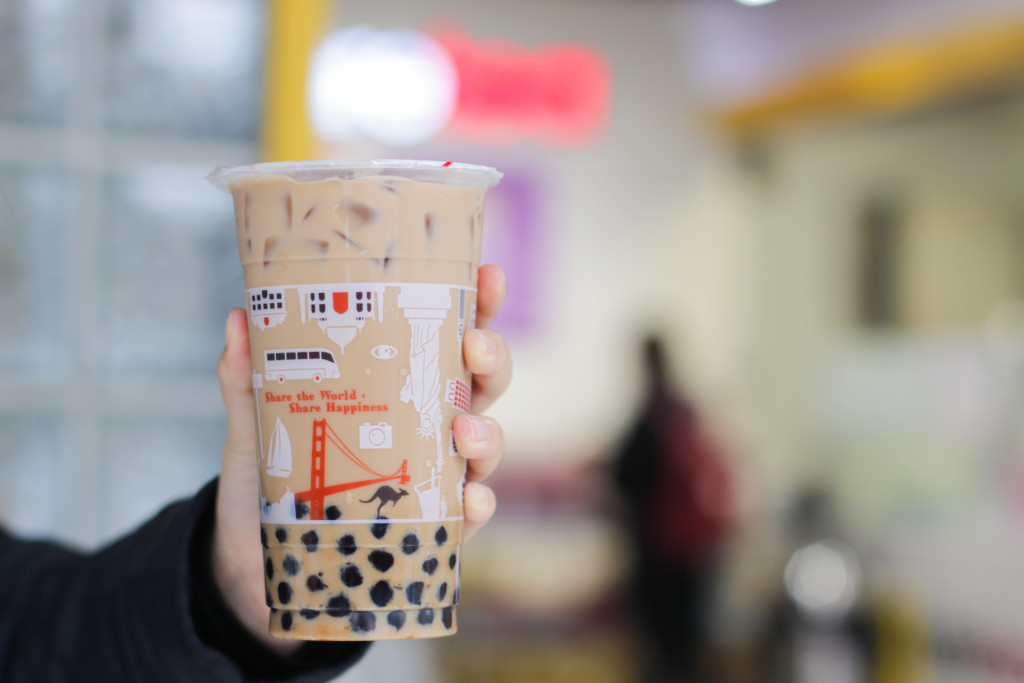
Photo by Irene Kim
After it became popular in Taiwan, bubble tea love spread to over 30 countries.
5. Even McDonalds got in on the trend.

GIF courtesy of tumblr.com
For a short period of time in 2012, all 800 McDonald’s locations in Germany sold the popular drink. We can only dream of the day McDonald’s in America starts selling bubble tea…
6. Boba is made from a root vegetable.

Photo courtesy of Brittanica
The tapioca balls are made by extracting starch from cassava root, a long tuberous plant native to Brazil. Cassava has been used by indigenous people as an essential source of carbohydrates since as early as the 1400s.
7. Boba should have the consistency of a gummy bear.

Photo by Eileen Wang
Boba is made by boiling it in hot water. If it’s hard, it’s undercooked. If it’s mushy, it’s overcooked. If it’s soft and chewy, it’s just right.
8. You don’t have to add boba to your drink.

Photo by Jisoo Kim
Most boba lovers add tapioca balls to their drink, but you have other options. You can add pudding, aloe vera, ice cream, jelly, or just go without any extras.
9. You can order any flavor imaginable.
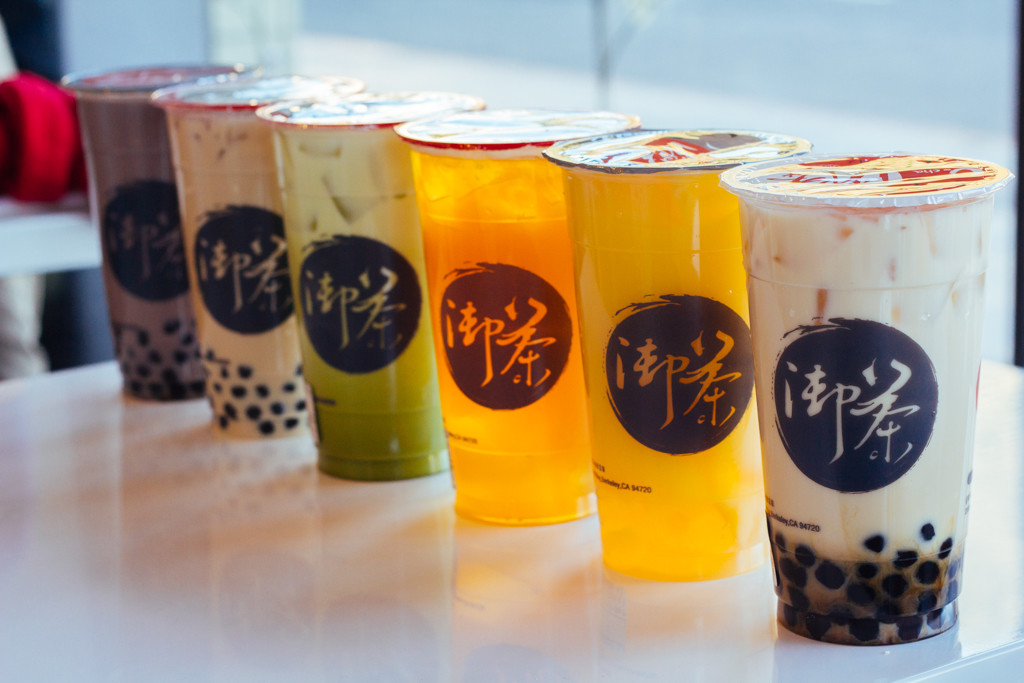
Photo by Vi Tran
The most traditional flavor of bubble tea is milk tea, which is comprised of tea, milk, and sugar. But bubble tea has expanded to include a multitude of flavors, such as honeydew, mango, avocado, strawberry, chocolate, sesame, and lavender.
10. You can have the drink hot or cold.

Photo by Jocelyn Hsu
Most boba shops give customers the options of having their drink hot, iced, or blended, making boba the perfect drink for any weather.
11. Boba is all carbs.
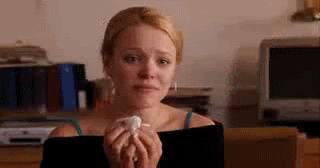
GIF courtesy of drodd.com
It lacks vitamins, mineral content, and fiber. The only contribution it provides is a huge amount of empty carbohydrates. Because of this, you’re likely to become constipated after consuming boba.
12. Bubble tea has a lot of calories.
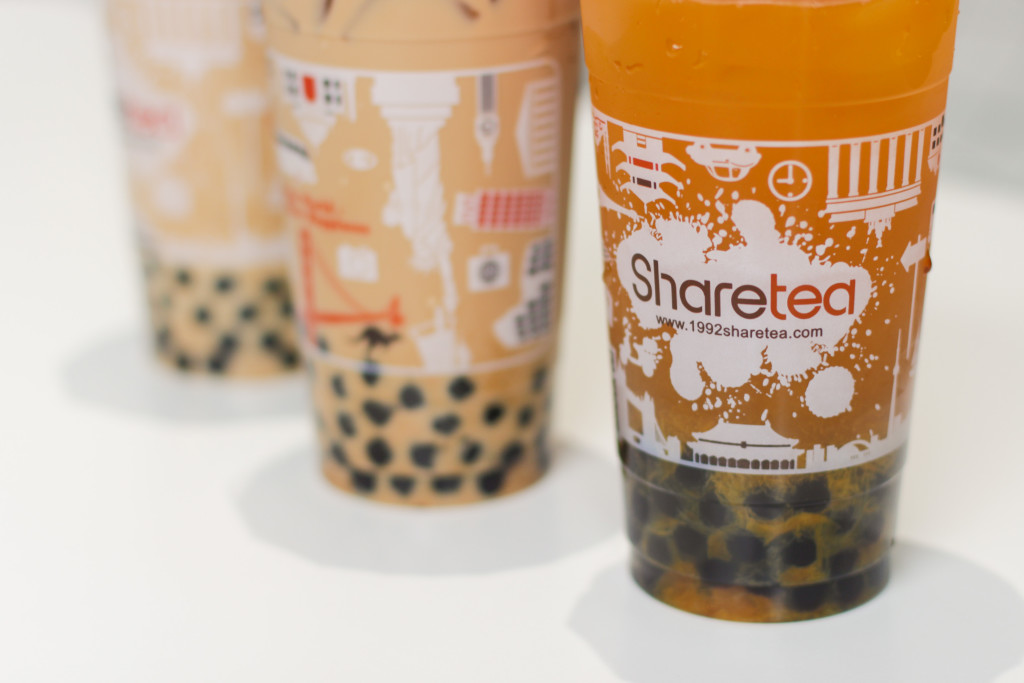
Photo by Irene Kim
Even without toppings, the drink contains a ton of sugar and artificial flavors. Unfortunately, each tapioca ball has 5 to 14 calories, so adding 1/4 cup of the topping can add an extra 135 calories.
13. There was a health scare.

GIF courtesy of wifflegif.com
In 2012, German researchers from University Hospital Aachen found traces of PCBs (polychlorinated biphenyls) in a sample of Taiwanese tapioca balls. PCBs are carcinogenic chemicals that are typically found in motor oil, not food.
14. But it’s been cleared up.

GIF courtesy of tumblr.com
The Taiwanese FDA in a later investigation refuted the German research findings by questioning the legitimacy of the experiment, and confirmed that tapioca balls don’t contain PCBs.
15. Bubble tea should be consumed in moderation.
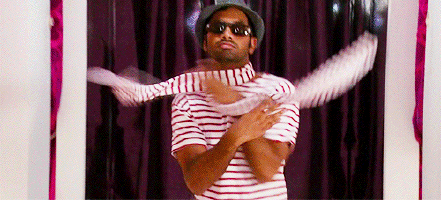
GIF courtesy of tumblr.com
Just because it’s free of carcinogens doesn’t mean you should have this sugary and fattening drink every day. That said, don’t be scared to drink bubble tea. Treat yo’ self every once in a while.


